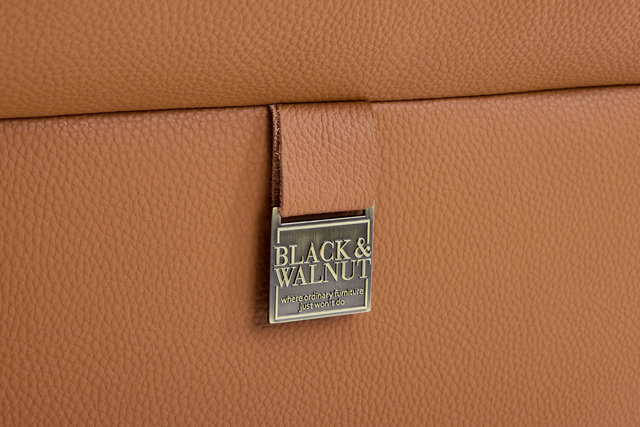FACTORS TO CONSIDER WHEN CHOOSING BED SHEETS
Sleep is such an integral part of our lives. After a long day, all we want is to reward ourselves with a good night’s rest and many don’t mind investing good money to buy great sleep. How often do you buy a brand new bed linen set?
Are you the spontaneous type who has the urge to switch things up after seeing images of beautiful interiors on Instagram? Are you too busy to think much about bed linen and just make do? Or maybe you are the type to wait to replace your sheets when they’re worn and old?
No matter which category you fall into, there are several useful things to know about how to buy bed linen in order to spend your money wisely and save time and effort.
Besides choosing the material that best suits your lifestyle, here are 4 simple steps to help you achieve a great night’s sleep.
1. Know the measurement of your mattress, duvet & pillows
Firstly, note down the exact measurements of your mattress and all your bedding (duvets and pillows) before taking the plunge to buy. Even though we’re familiar with King, Queen, Super Single and Single sizes, every manufacturer’s dimensions are slightly different.
Mattresses also have various heights. The trend today is for thicker mattresses, where multiple layers have been engineered together to give greater comfort. Make sure your fitted sheet has sufficient depth for your mattress. The last thing you want is pretty sheets that do not fit.
2. Understand thread count
Think about this: Only that many pieces of thread can fit into a specific space. With bedding, the maximum number of threads is around 600. How then do brands achieve those huge numbers?
Knowing that thread count has a huge influence on the consumer’s decision, many manufacturers employ some creative math to manipulate their numbers as a promotional strategy.
Bed linen thread count is dependent on one key variable - ply.
Here’s a simple example:
By definition, an honest 600 thread count single-ply bed sheet has 300 vertical threads and 300 horizontal thread:
300 + 300 threads = 600 thread count
Take another bed sheet made using 2-ply yarn - It still has 300 threads each way, but because each thread has two strands, marketers include that in their calculation:
(300 + 300 threads ) x 2 ply = 1200 thread count
Compared to single-ply threads sheets, bedding made with multi-ply threads are less breathable, denser and feel more scratchy on the skin. They also have a higher tendency of pilling due to the shorter threads used.
Read our article where we debunked the thread count myth.
3. Design for comfort, function & aesthetics
Design plays an unassuming but critical role. Duvet slipping out of the duvet cover? Pillows don’t stay in the pillowcase? Small design features can make using the bedding easier and better.
A side fed pillowcase comes out easily and often, and doesn’t fit all pillow sizes well. Look for an envelope opening at the back that helps cover and contain the pillow well. Preferably, the slit opens closer to one end of the pillow and not down the centre, so it is easier to wrap and remove the opening.
Similarly, duvet ties inside each corner of the quilt cover keep the duvet spread out within the quilt cover. Buttons at the opening help keep the duvet from slipping out. Also, look for stronger elastic bands on the fitted sheet that will help keep it in place through the night.
Your bed linen should fit your distinctive taste. Go for design and colours you like and feel free to mix and match various sets, to create a look and feel unique to you, and that will fit your bedroom.
4. Check the care instructions
Always follow the cleaning and care guide stated by the manufacturer. The bed linen set will serve you longer and stay as nice to touch and feel as on the first day you bought it. If you discover that a particular bed linen fabric requires special cleaning this may affect your decision on whether to buy or not. Some bedding can be easily laundered using a washing machine while others may require special care in washing and drying.

